Our Digitalisation Strategies for our Distribution and Transmission licences are designed to communicate our understanding of stakeholders’ needs and the products and services required to meet those needs. Our Digitalisation Action Plan demonstrates our progress towards fulfilling these strategies by outlining the necessary work.
We publish these documents as a regulatory obligation and follow Ofgems latest guidance. Our latest ED2, T2 and T3 Digitalisation Strategy and Action Plan updates are now available in their entirety in the files available on this page.RIIO-T3
Digitalisation Strategy
December 2024
Download
Transmission: RIIO-T2
Digital Action Plan Update
December 2024
Download
Digitalisation Strategy Update
March 2024
Download
Distribution: RIIO-ED2
Digital Action Plan Update
December 2024
Download
Digitalisation Strategy Update
March 2025
Download
Previous Distribution Action Plans and Strategy Updates
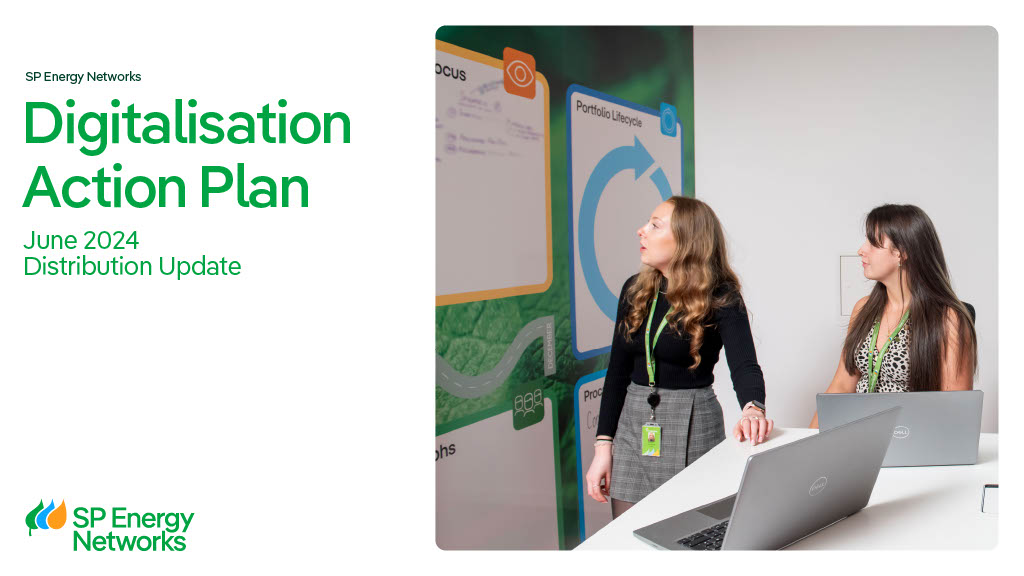
Digitalisation Action Plan Update June 2024
Download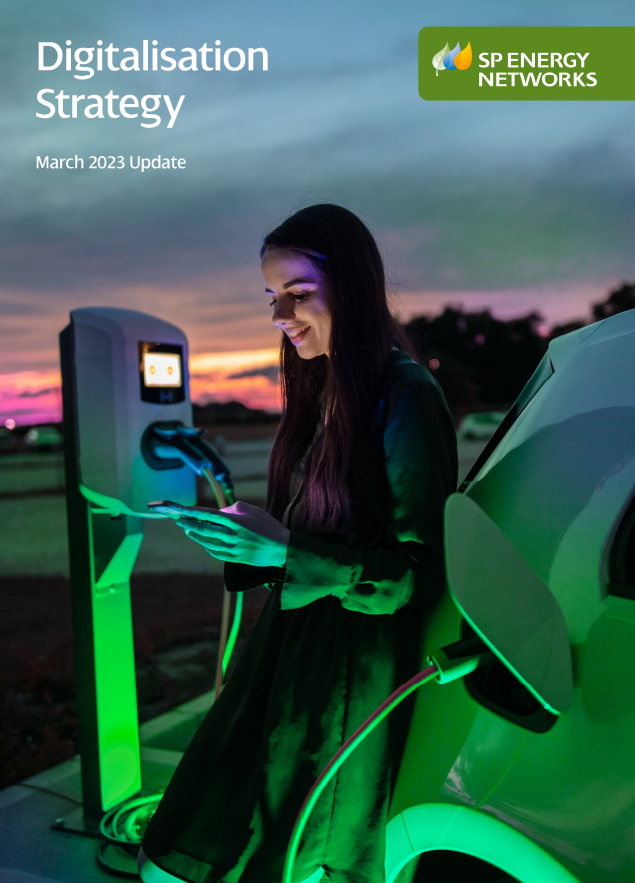
Digitalisation Strategy Update March 2023
Download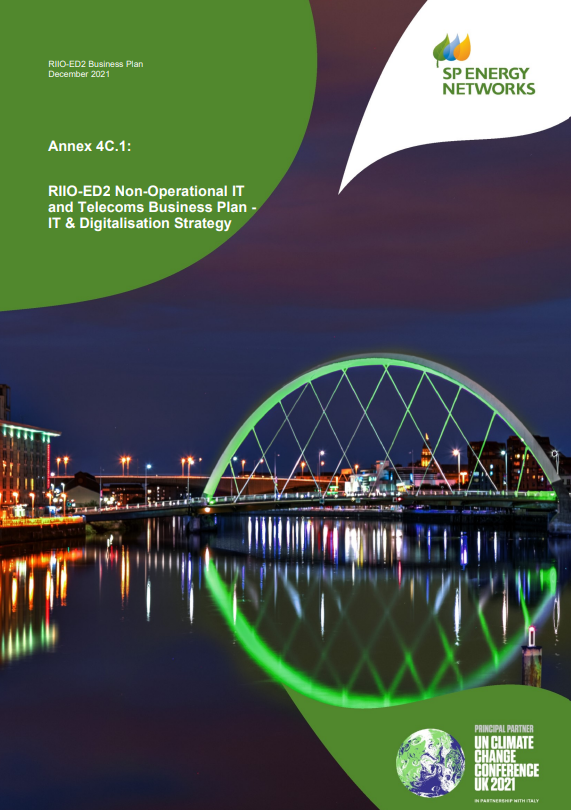
Digitalisation Strategy Update December 2021
DownloadPrevious Transmission Action Plans and Strategy Updates
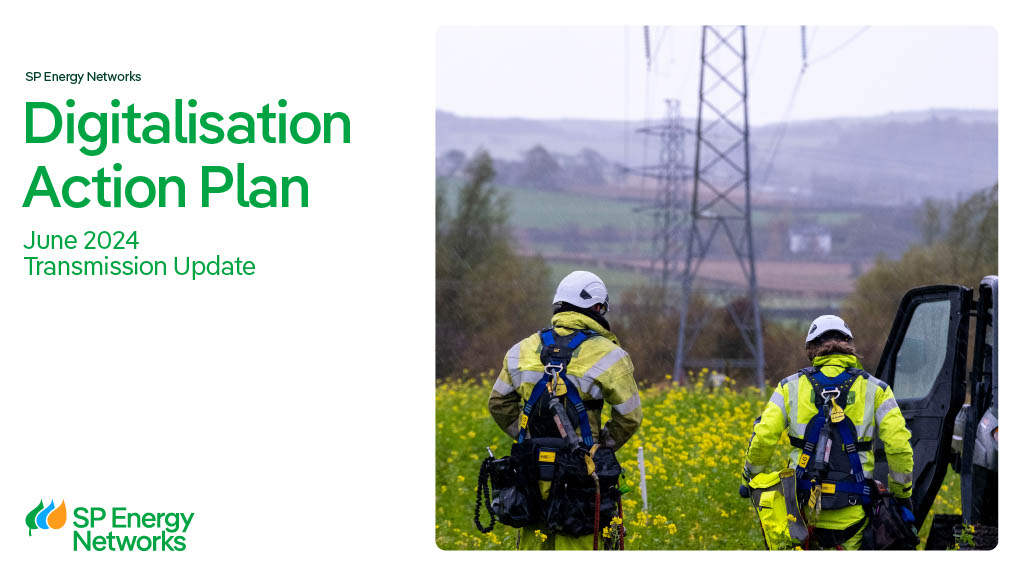
Digitalisation Action Plan Update June 2024
DownloadPreviously Combined Action Plan Updates
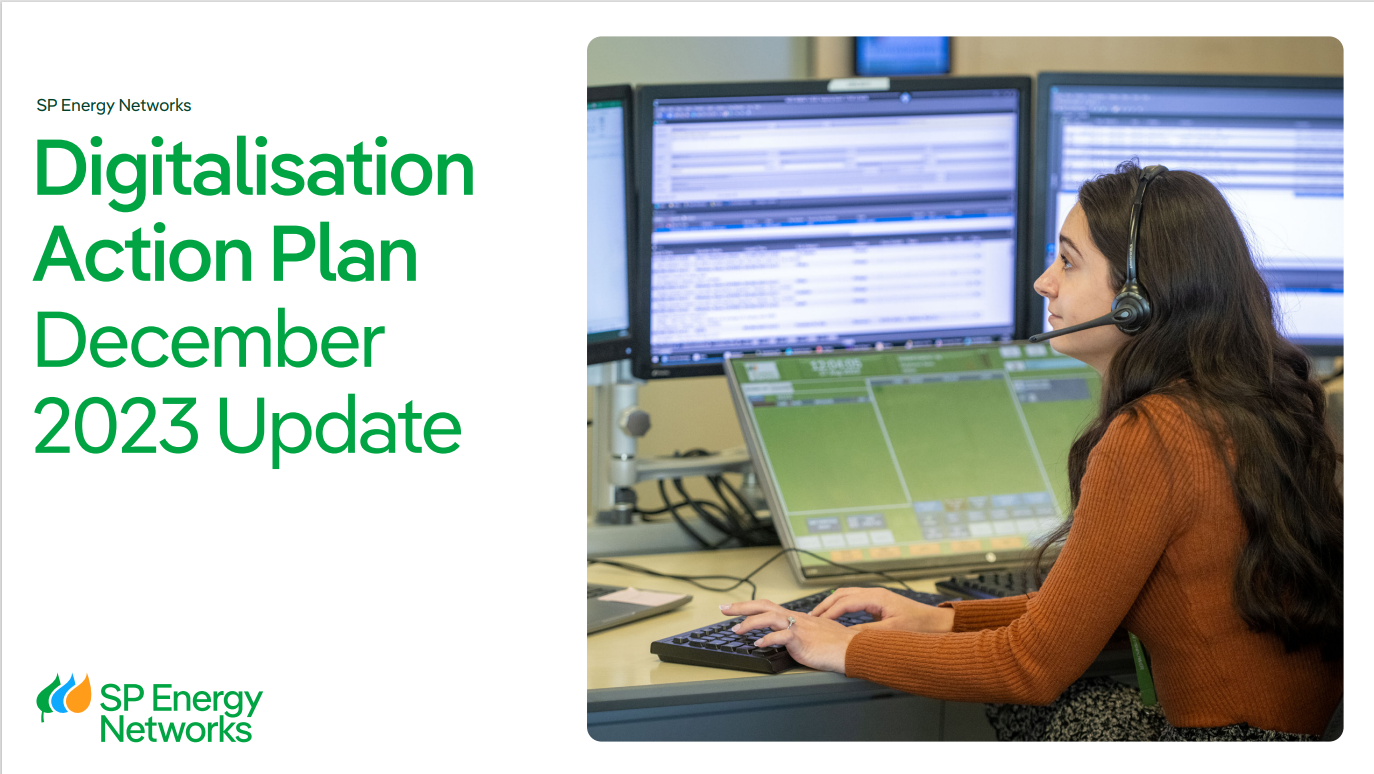
Digitalisation Action Plan Update December 2023
Download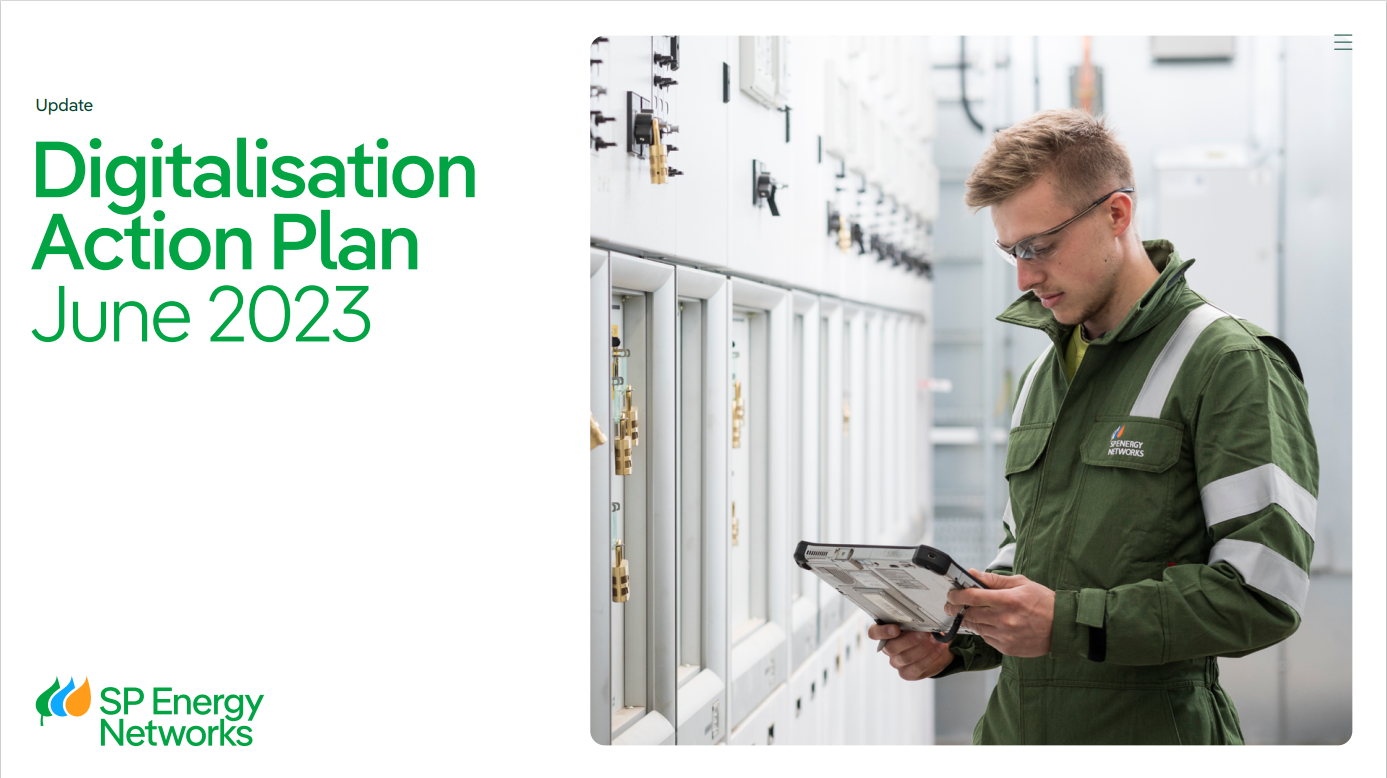
Digitalisation Action Plan Update June 2023
Download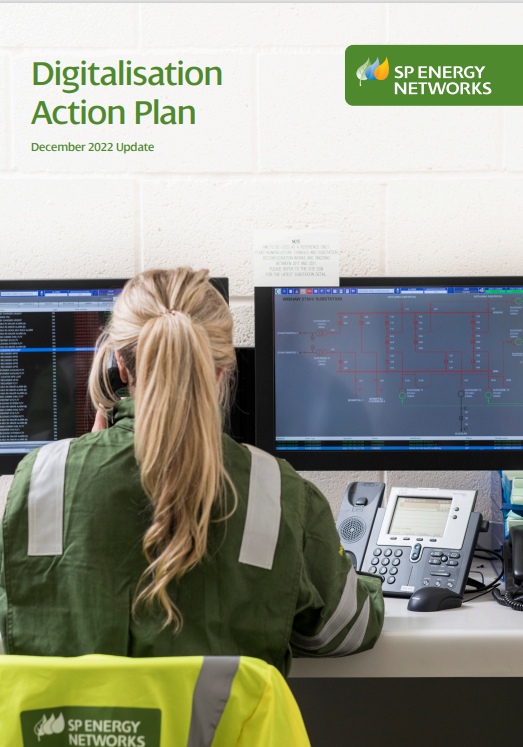
Digitalisation Action Plan Update December 2022
Download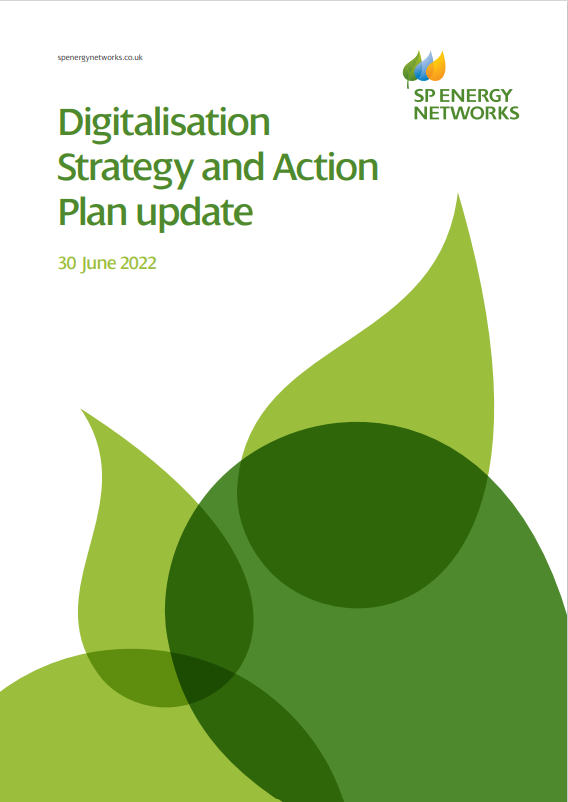
Digitalisation Strategy and Action Plan Update June 2022
DownloadGive us feedback
Your feedback, insight and views are at the heart of all our future plans. We'd welcome your feedback on the steps we're taking to update and deliver our Digitalisation Strategy and Action Plan (DSAP). Your insight will be used to inform the development of our future plans.
Give us feedback
Request more information
We would be delighted to discuss our Digitalisation Strategy and Action Plan including any projects, initiatives, timescales, and more with you, and look forward to receiving your queries. If you have any questions regarding any of our current or future projects please complete our feedback form.
Request more information